Amazing moon facts you probably didn’t know
Trending Now
The Moon has fascinated humans for millennia, standing as a beacon in the night sky and a source of countless myths and scientific inquiries. It’s our closest celestial neighbor, yet it holds secrets that continue to intrigue and baffle scientists and skywatchers alike.
From its mysterious formation to its influence on Earth, the Moon is an enigmatic presence that invites exploration and discovery. Let’s embark on a journey to uncover the lesser-known aspects of this captivating lunar companion.
The Moon’s Mysterious Age: Older Than We Thought

Recent studies have revealed that the Moon might be older than the previously estimated 4.5 billion years. By analyzing lunar rocks brought back by the Apollo missions, scientists have discovered zircon crystals that suggest the Moon’s formation occurred shortly after the solar system’s birth.
This revelation challenges earlier theories and opens new questions about the early history of our solar neighborhood. As researchers continue to study these ancient rocks, we may uncover more about the Moon’s primordial past.
Lunar Seas: Not Quite What They Seem
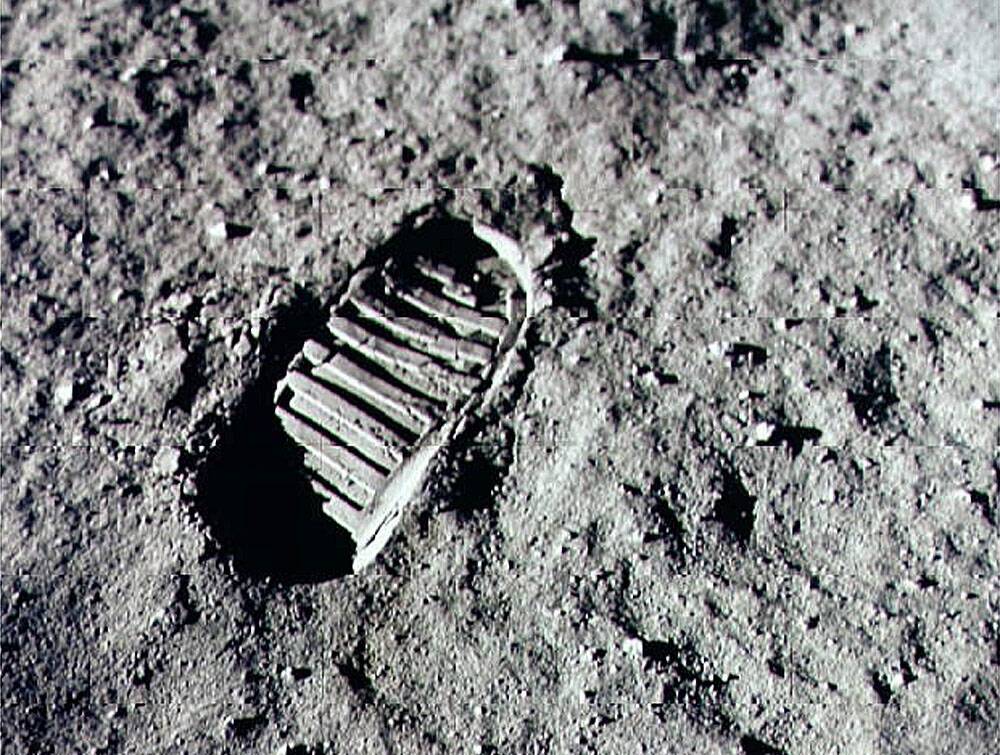
The Moon’s surface is dotted with dark, smooth plains known as maria, a Latin term for “seas.” These features are not water-filled as the name suggests but are vast basaltic plains created by ancient volcanic activity.
The maria cover about 16% of the Moon’s surface and are primarily found on the side facing Earth. Their formation dates back billions of years, and they offer a glimpse into the Moon’s volcanic history. Despite their name, these ‘seas’ remain dry and alien landscapes.
The Far Side: More Than Just Dark
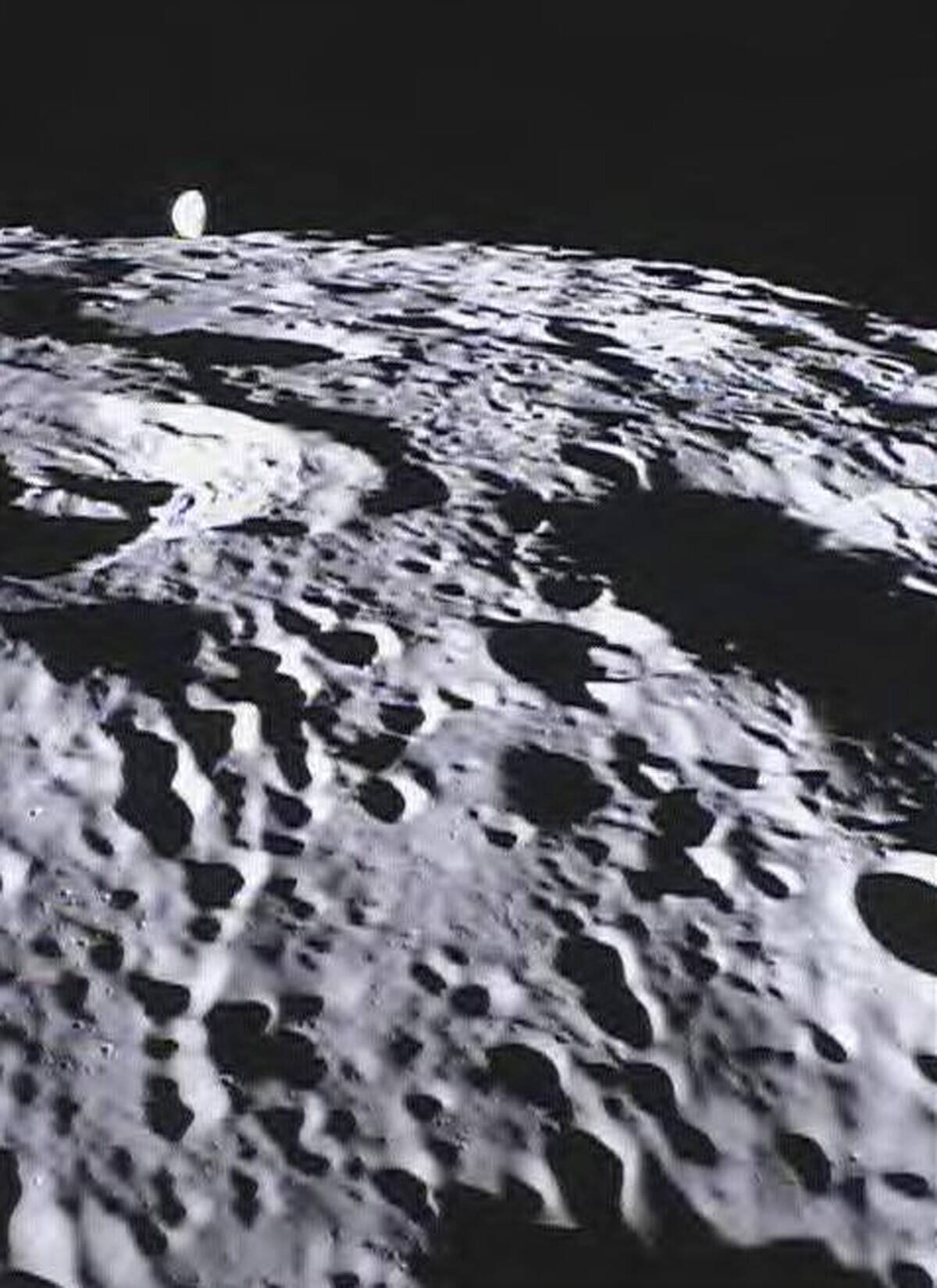
The far side of the Moon, often mistakenly called the ‘dark side,’ is a fascinating region that remains largely hidden from Earth. Unlike the near side, the far side is heavily cratered and lacks extensive maria.
This difference in terrain has puzzled scientists, prompting investigations into the Moon’s geological history. The far side’s unique features have been explored by missions like China’s Chang’e 4, which successfully landed a rover there in 2019, providing invaluable data about this enigmatic lunar region.
Moonquakes: The Moon’s Shaky Secrets
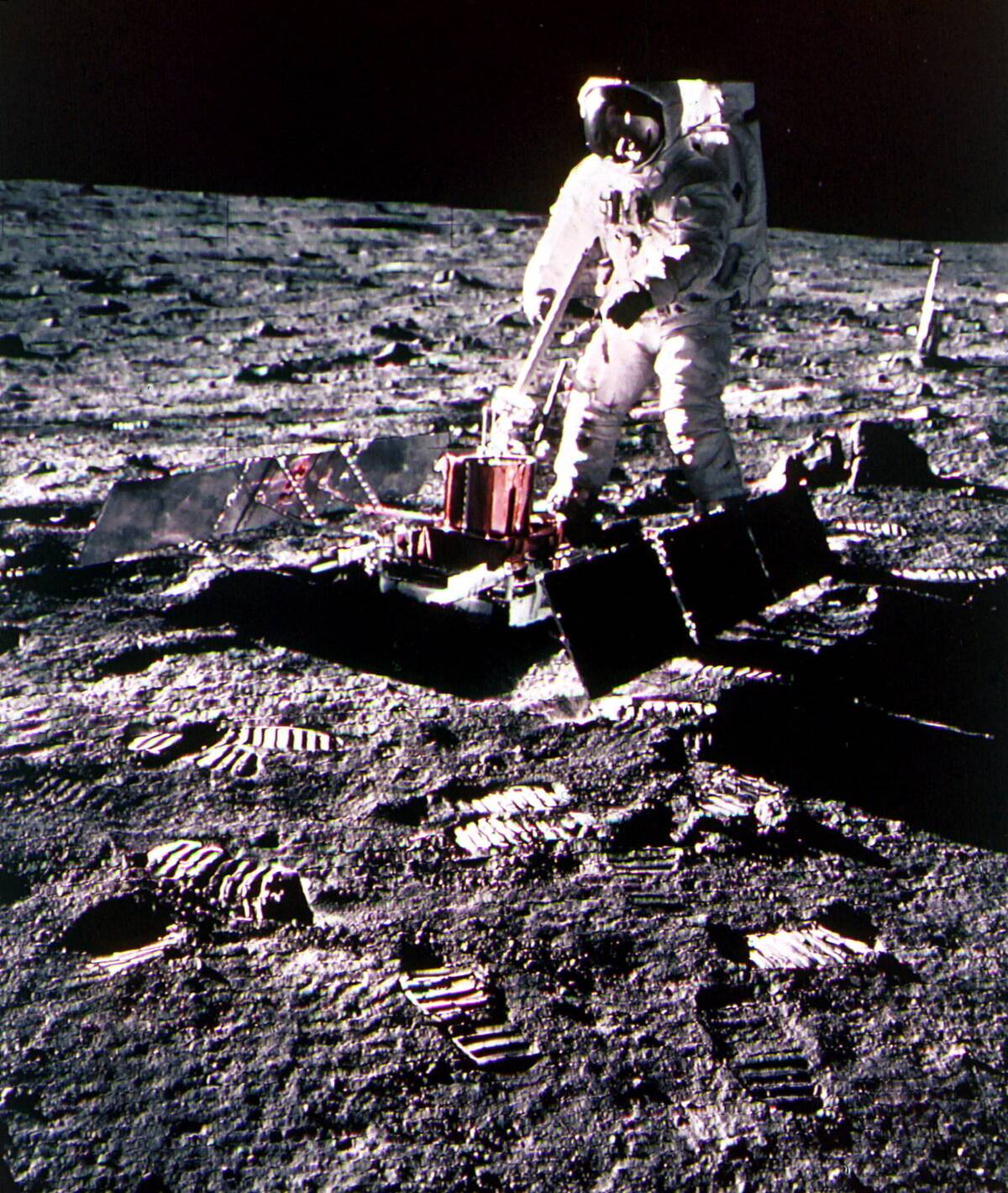
While the Moon may seem like a serene and lifeless place, it experiences moonquakes that reveal its dynamic nature. These seismic activities are caused by tidal forces exerted by Earth’s gravity and the Moon’s cooling interior.
Moonquakes can last for over 10 minutes, much longer than typical earthquakes on Earth. The Apollo missions placed seismometers on the lunar surface, allowing scientists to study these quakes and gain insights into the Moon’s internal structure and tectonic activity.
A Dusty Affair: The Peculiar Moon Dust
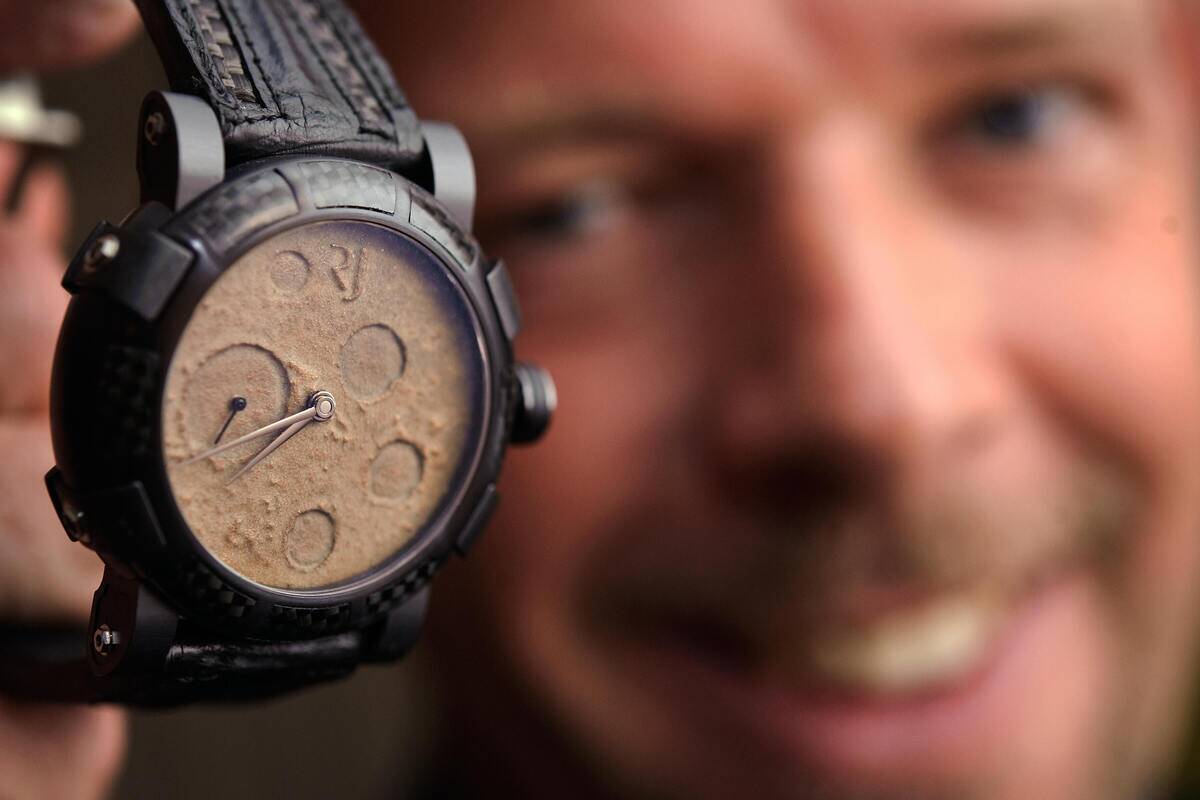
Moon dust, or regolith, is a fine, powdery substance that covers the lunar surface and poses challenges for exploration. It’s incredibly abrasive and clings to surfaces due to its electrostatic charge.
Astronauts from the Apollo missions reported that moon dust smelled like gunpowder and was difficult to remove from their suits. Its unique properties are a result of constant micrometeorite impacts, which pulverize the surface rocks. Understanding moon dust is crucial for future lunar missions and habitation plans.
The Moon’s Atmosphere: A Thin Layer of Surprise
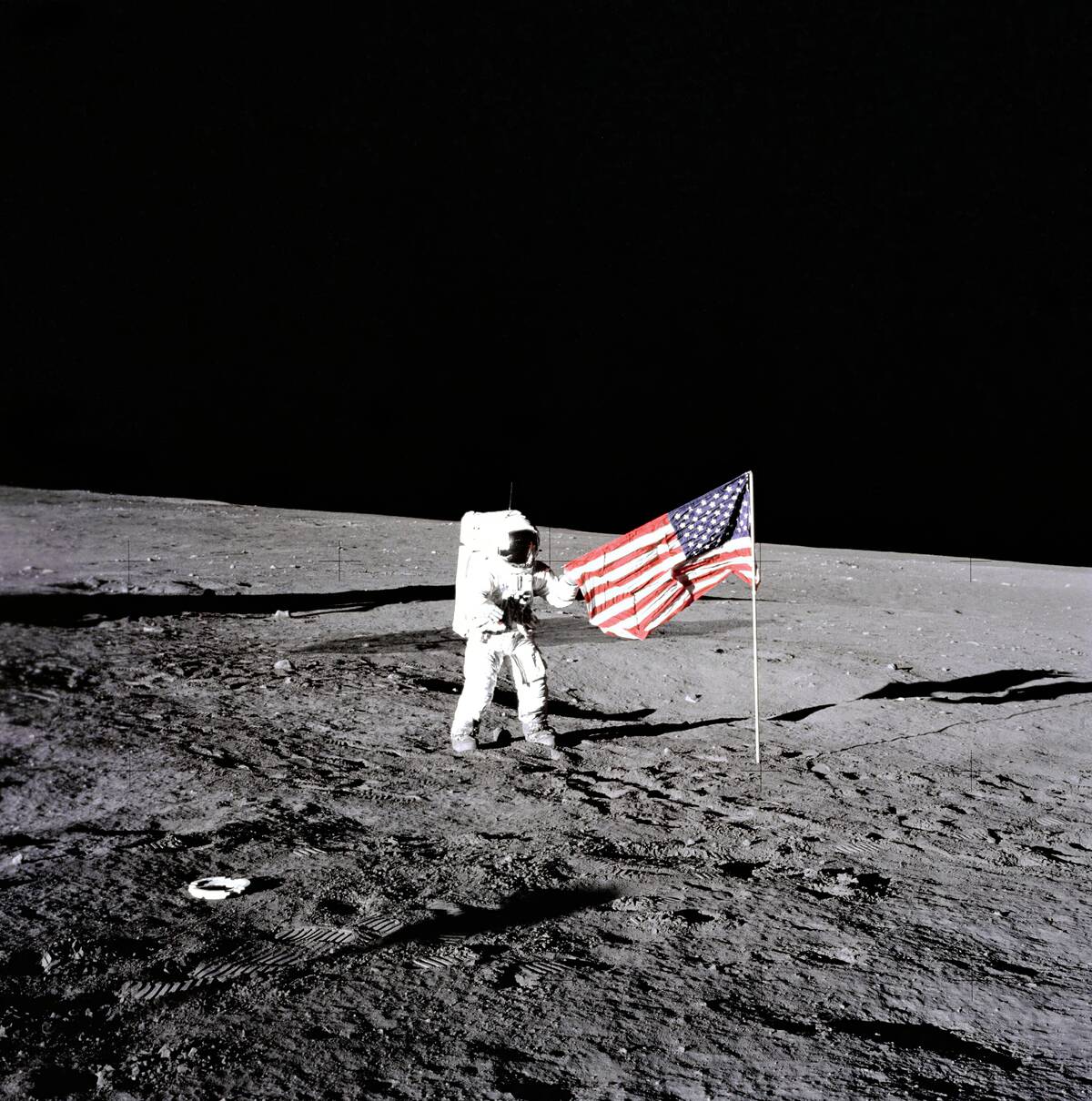
The Moon’s atmosphere, known as an exosphere, is extremely tenuous compared to Earth’s. It’s composed of rarefied gases like helium, neon, and hydrogen, with molecules so sparse they rarely collide.
This thin veil is a result of solar wind particles and micrometeorite impacts liberating atoms from the lunar surface. Although it’s not dense enough to support life, studying the exosphere helps scientists understand atmospheric processes on other celestial bodies with similar conditions.
Lunar Eclipse: The Cosmic Ballet

A lunar eclipse is a celestial event that occurs when the Earth passes between the Sun and the Moon, casting a shadow over our satellite. This cosmic ballet can be a total, partial, or penumbral eclipse, depending on the alignment.
During a total lunar eclipse, the Moon takes on a reddish hue, often called a “blood moon,” due to sunlight scattering through Earth’s atmosphere. These events have captivated cultures throughout history, inspiring myths and providing opportunities for scientific observation.
Blue Moon: Once in a Blue Moon Explained
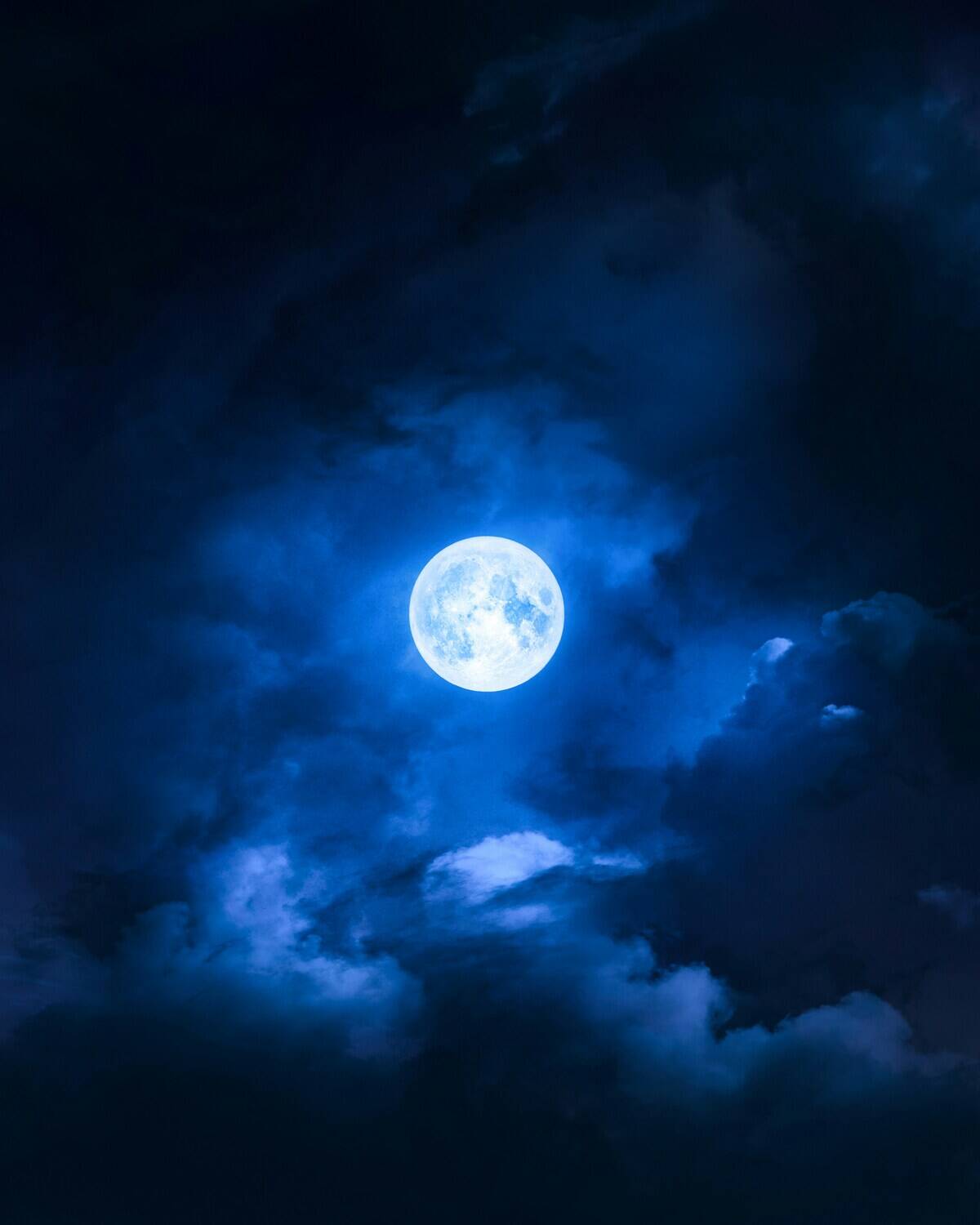
The phrase “once in a blue moon” refers to something rare, and astronomically, it describes the occurrence of a second full moon within a single calendar month. Despite its name, a blue moon isn’t actually blue in color.
This phenomenon happens because the lunar cycle is about 29.5 days, making it possible for two full moons to fit within a month on occasion. Blue moons occur approximately every 2.7 years, adding a touch of whimsy and rarity to our lunar calendar.
Tides of Change: How the Moon Influences Earth
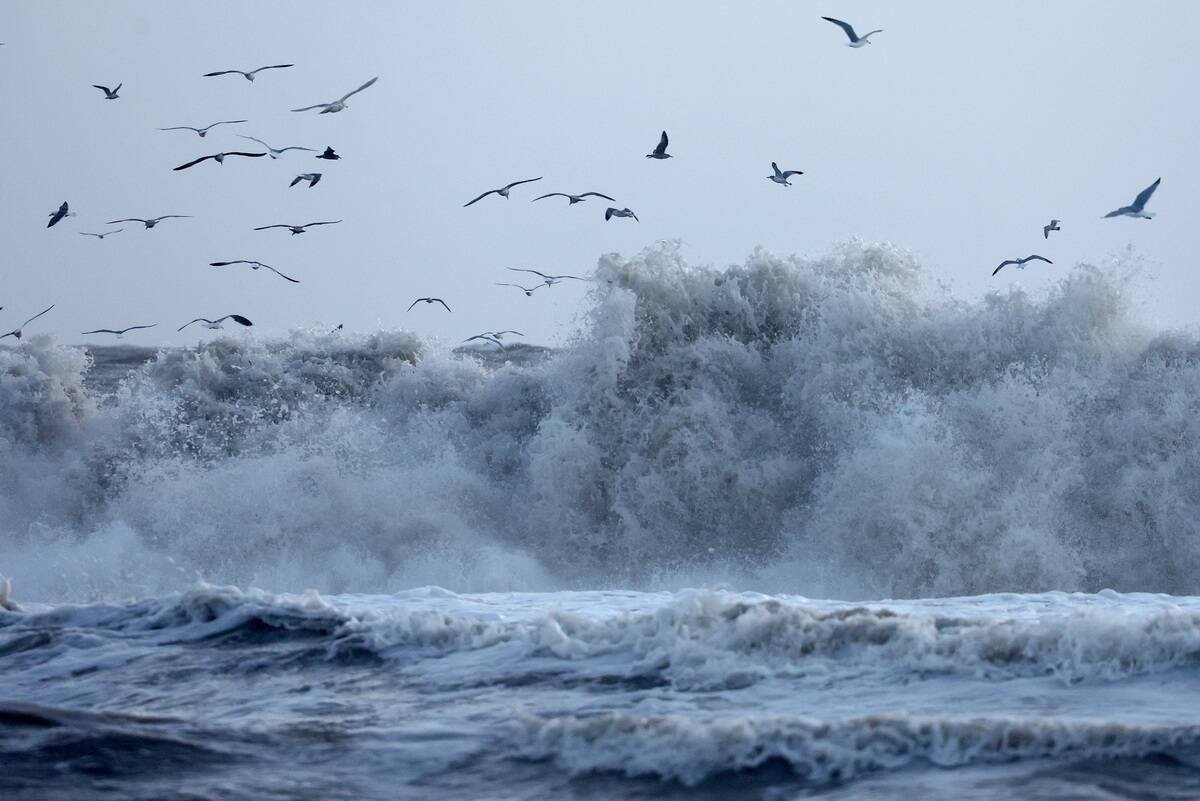
The Moon’s gravitational pull is responsible for the ocean tides on Earth, creating high and low tides as it interacts with our planet’s water bodies. This gravitational dance not only affects the seas but also influences tectonic activity and the Earth’s rotation.
The tidal forces are so strong that they even cause a slight bulge in the Earth’s crust. Understanding the Moon’s impact on our planet underscores the profound connection between these celestial neighbors and their intertwined destinies.
Moon Trees: A Space Botany Adventure
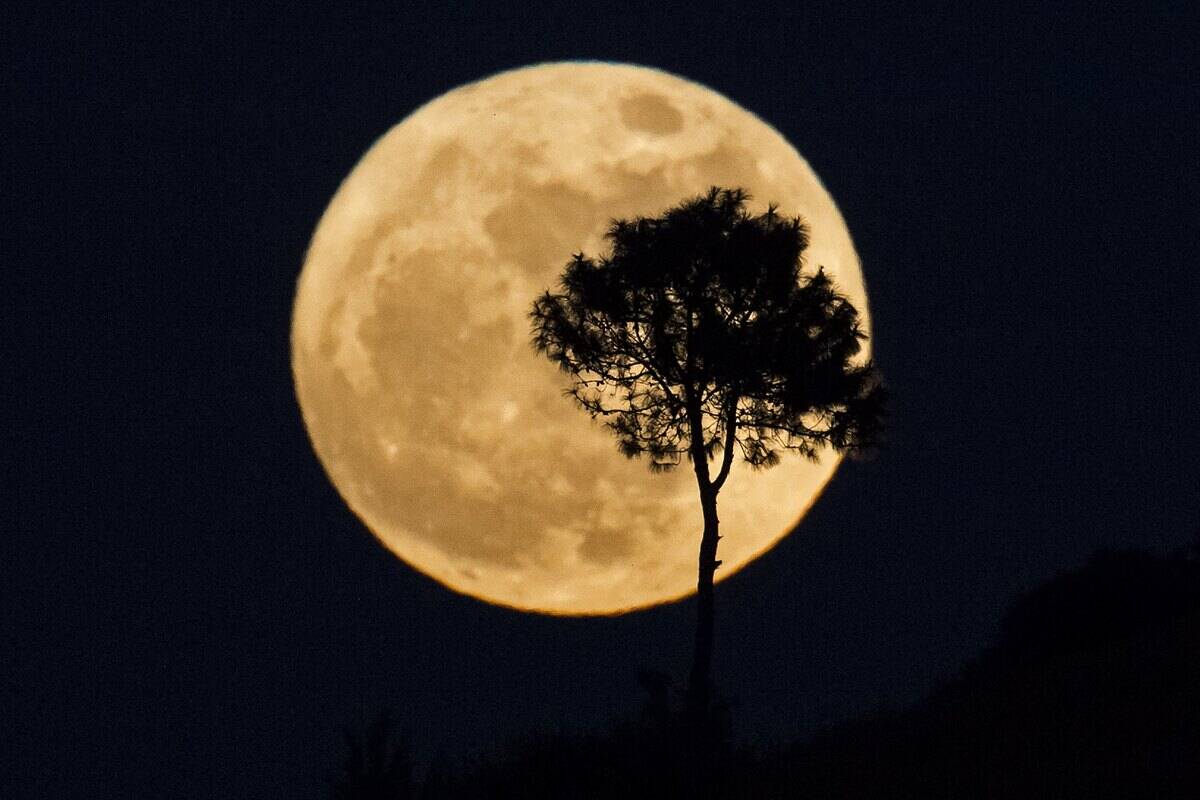
Moon trees are a fascinating legacy of the Apollo 14 mission, where astronaut Stuart Roosa carried hundreds of tree seeds around the Moon. Upon their return to Earth, these seeds were germinated, and the resulting trees were planted across the United States and other countries.
Moon trees, including sycamores, redwoods, and pines, serve as living reminders of human exploration and the potential for life beyond Earth. They represent the intersection of space exploration and terrestrial ecology.
The Moon’s Magnetic Personalities
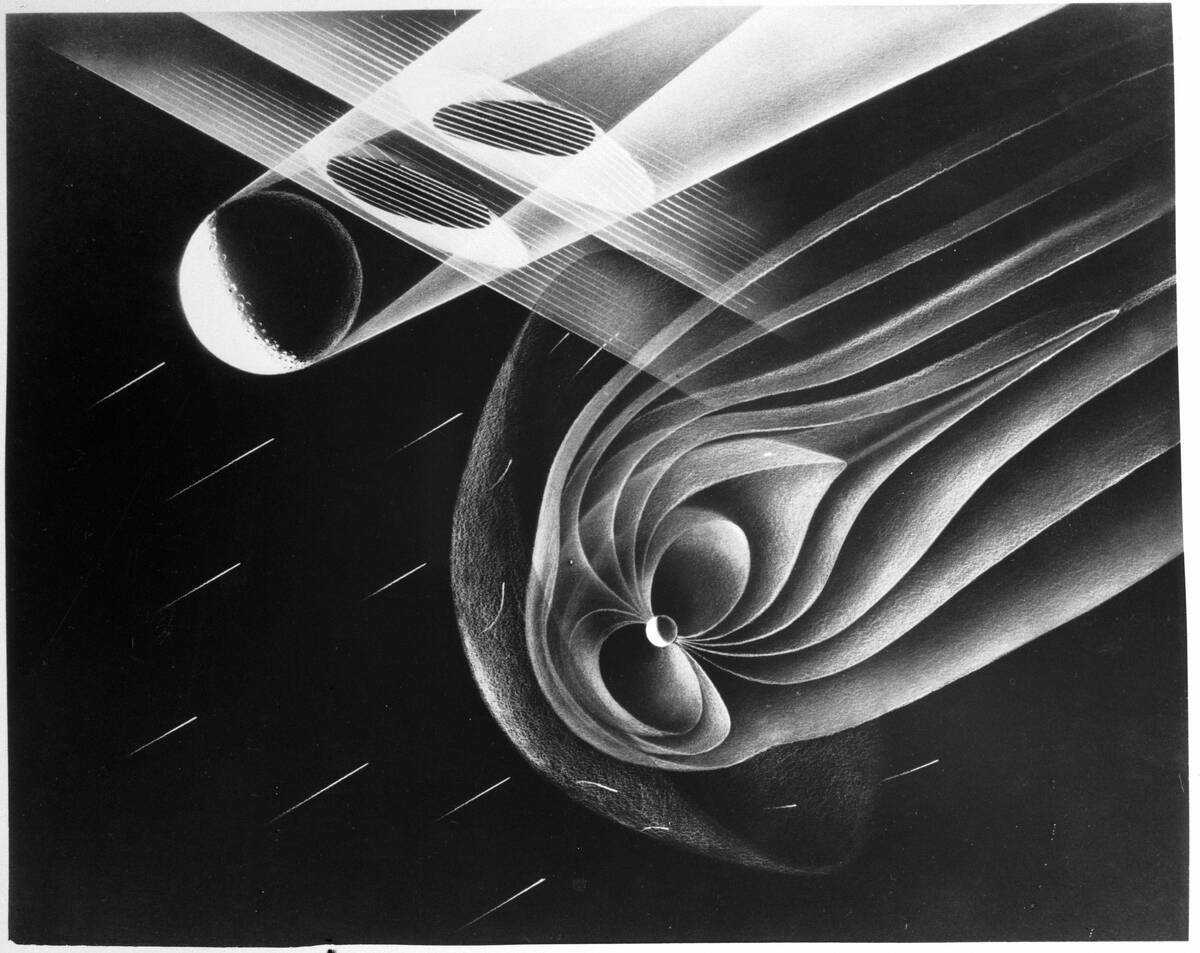
Although the Moon lacks a global magnetic field like Earth, certain regions exhibit localized magnetic properties. These magnetic anomalies are believed to be remnants of an ancient lunar magnetic field that dissipated billions of years ago.
Theories suggest that massive asteroid impacts may have temporarily generated magnetic fields, leaving behind magnetized rocks. Studying these magnetic regions helps scientists unravel the Moon’s geological history and the processes that shaped its surface over time.
Synchronous Rotation: The Moon’s Perfect Timing
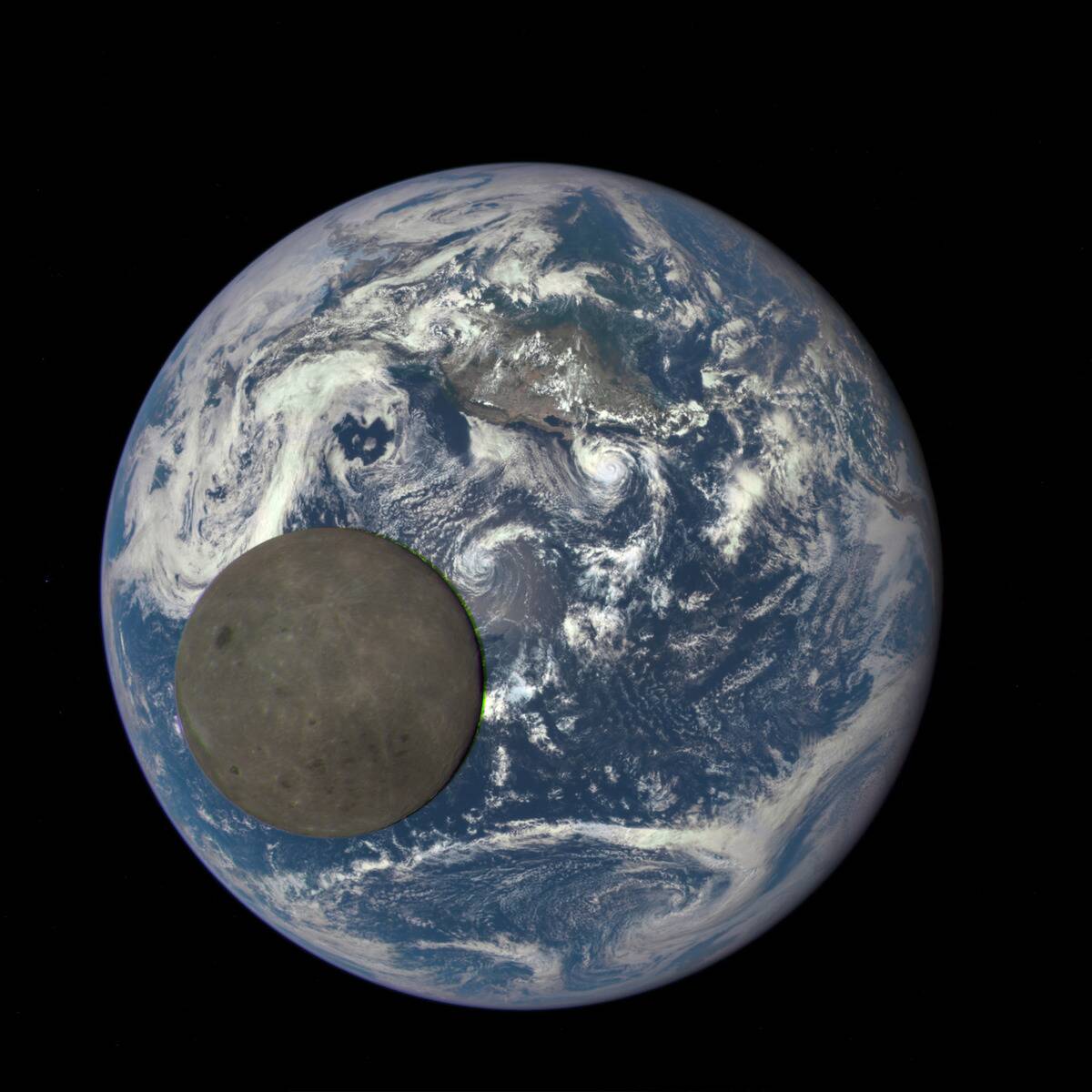
The Moon exhibits synchronous rotation, meaning it rotates on its axis at the same rate it orbits Earth. This results in the same side always facing our planet, a phenomenon known as tidal locking. This perfect timing is due to gravitational interactions over millions of years, gradually slowing the Moon’s rotation.
As a result, we only see one hemisphere from Earth, while the far side remains hidden. Understanding this celestial dance enhances our grasp of gravitational dynamics in the universe.
Moon Hoaxes: Separating Fact from Fiction
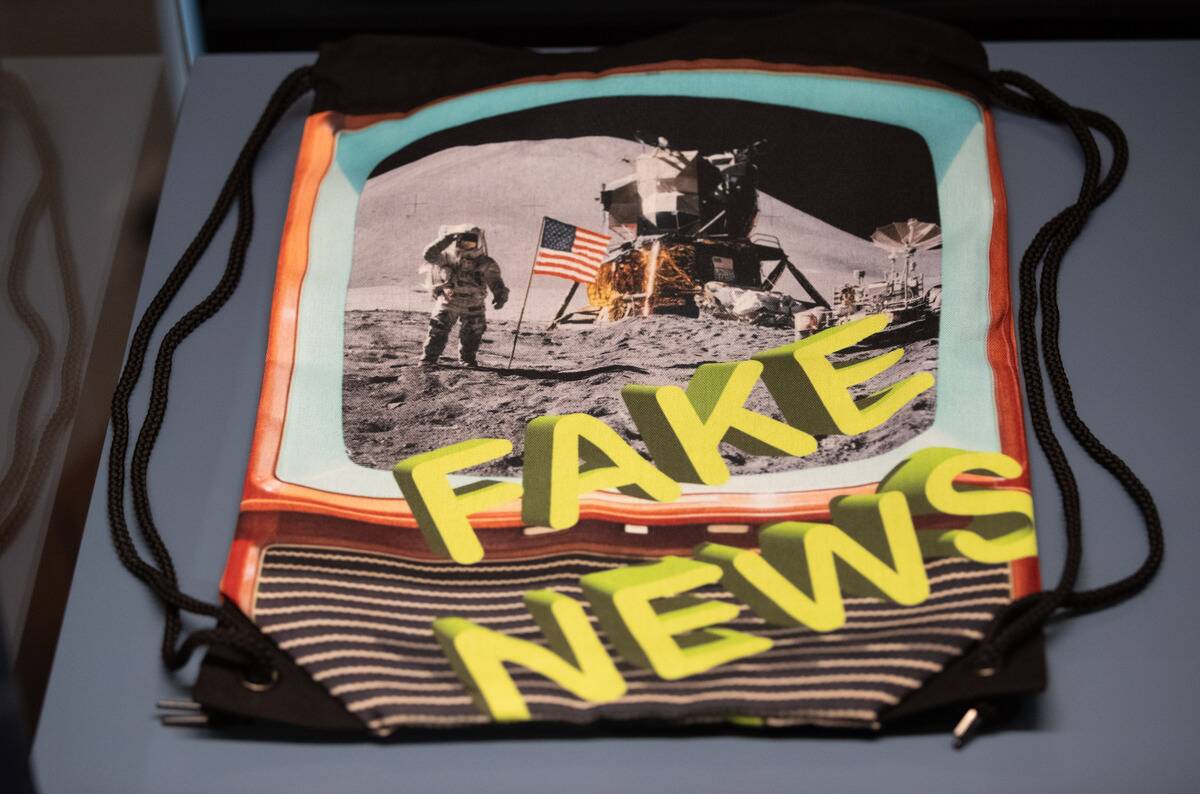
The Moon has been the subject of numerous hoaxes and conspiracy theories, most notably claims that the Apollo moon landings were faked. Despite overwhelming evidence, including rock samples, photographs, and telemetry data, some theories persist.
These claims often ignore the vast scientific consensus and the achievements of human space exploration. By addressing these misconceptions, we can appreciate the monumental efforts and advancements that made lunar exploration a reality, reaffirming the triumph of science over skepticism.
Space Missions: The Moon Landings You Didn’t Know About
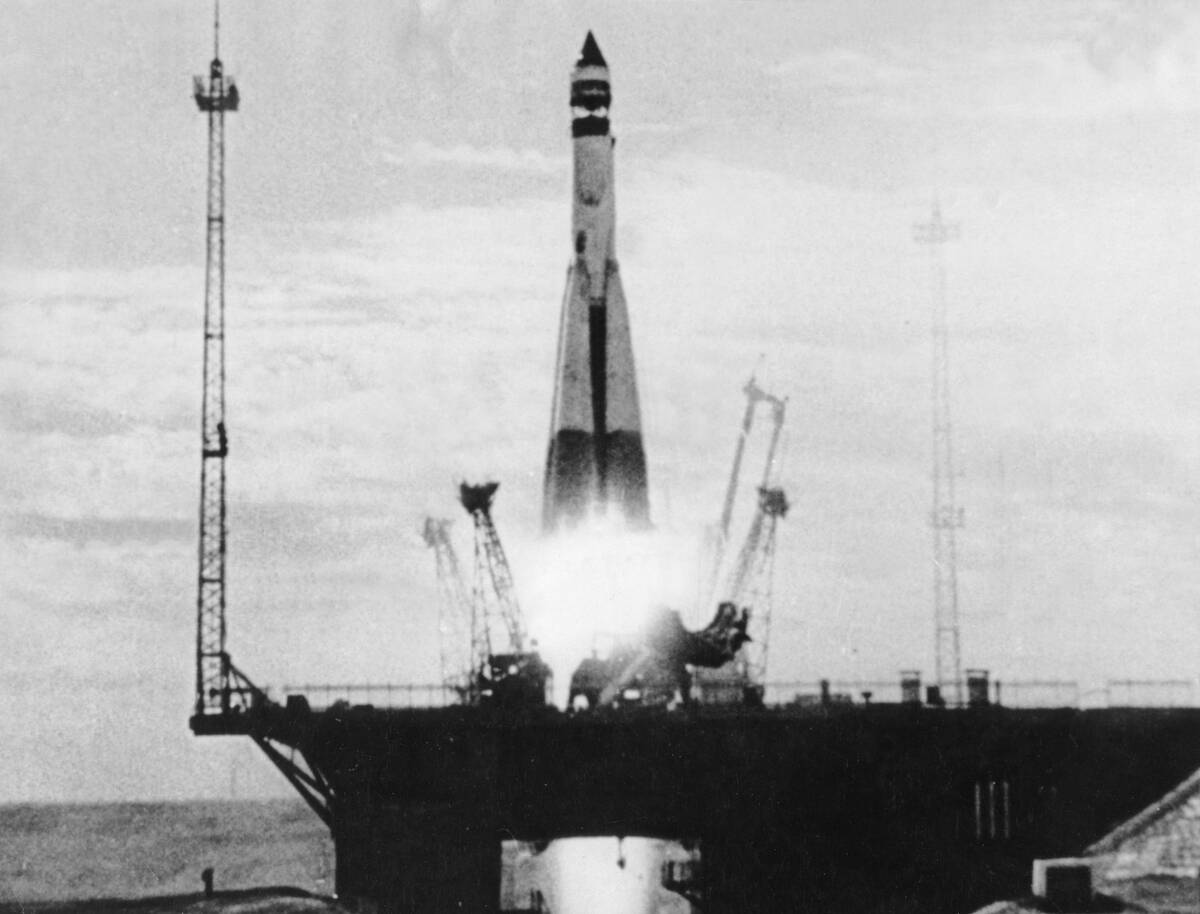
Beyond the famous Apollo missions, several lesser-known lunar missions have contributed to our understanding of the Moon. The Soviet Luna program achieved the first soft landing and returned the first lunar soil samples.
More recently, missions by China, India, and private companies have explored the Moon’s surface and potential resources. These missions, often overshadowed by Apollo’s legacy, continue to push the boundaries of lunar exploration and expand our knowledge of this mysterious celestial body.
The Moon’s Role in Mythology and Folklore

Throughout history, the Moon has played a significant role in mythology and folklore across cultures. From the Greek goddess Selene to the Chinese legend of Chang’e, the Moon has been personified and revered as a deity.
Its phases and cycles have inspired stories and rituals, influencing calendars and agricultural practices. The Moon’s presence in folklore highlights its enduring impact on human culture, serving as a timeless symbol of mystery, change, and inspiration in the human imagination.
The Future of the Moon: Colonies and Beyond
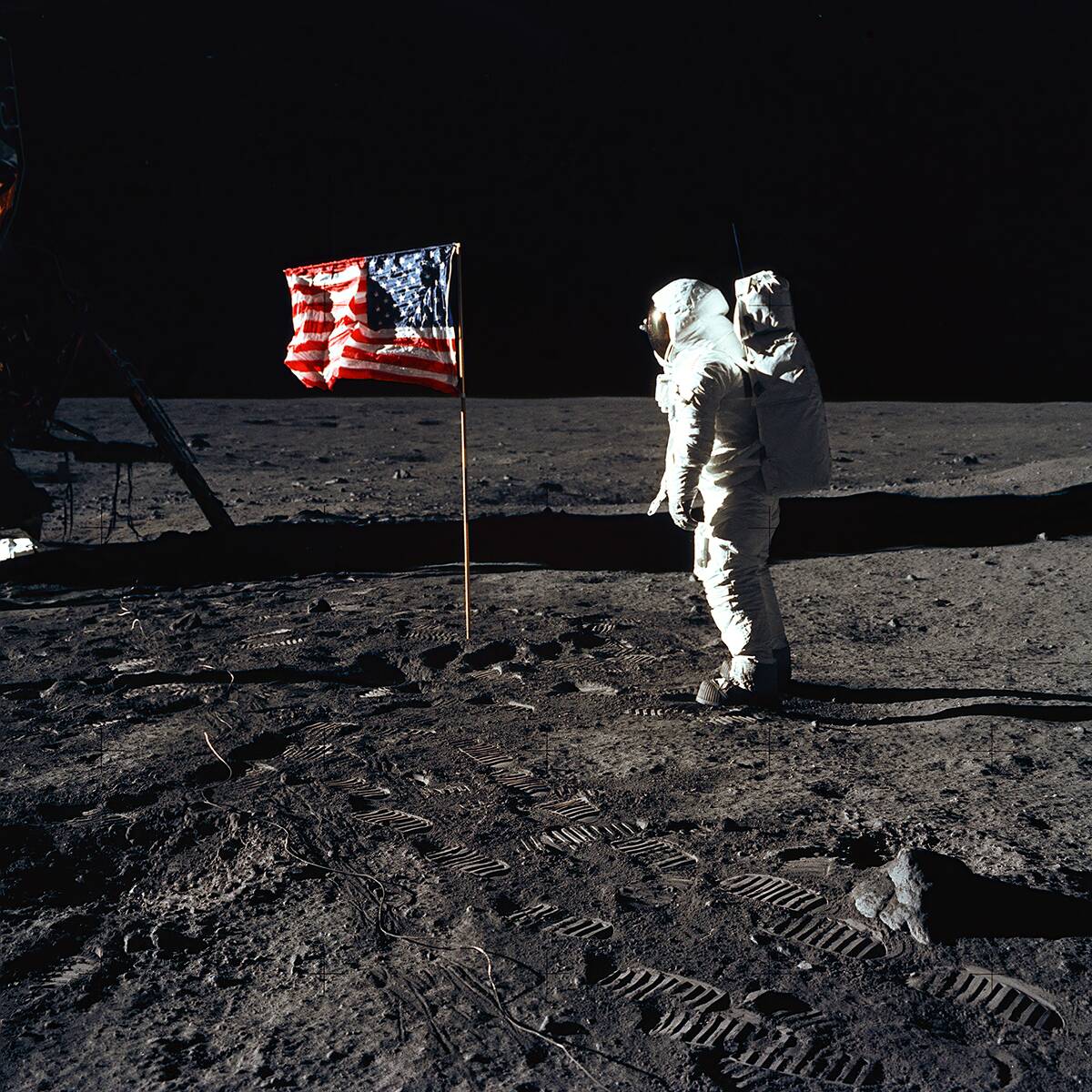
As technology advances, the Moon is becoming a focal point for future space exploration and potential colonization. With plans from NASA’s Artemis program and private companies, lunar bases could become a reality within the next few decades.
These colonies aim to serve as stepping stones for deeper space exploration, providing a base for scientific research and resource utilization. The Moon’s future holds promise for expanding humanity’s reach into the cosmos, paving the way for a new era of discovery.




